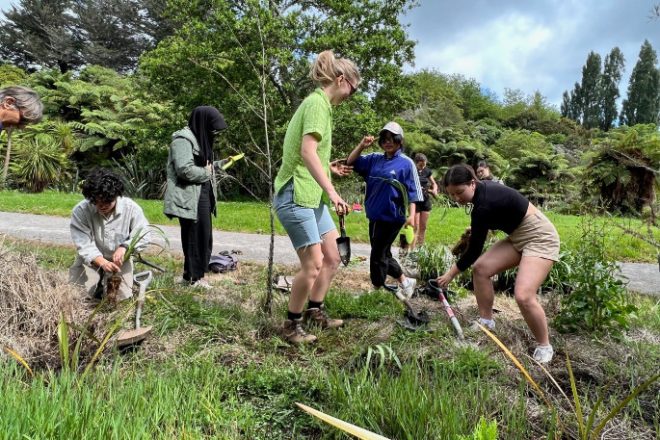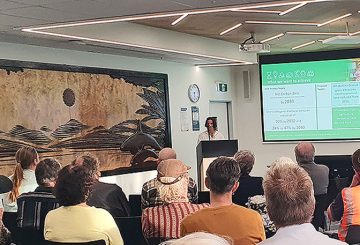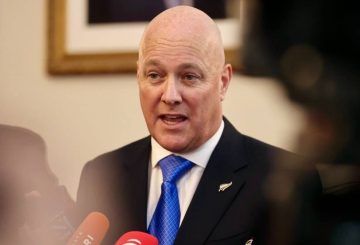Hinihikayat ng Bay of Plenty Regional Council ang mga bata na tumulong na protektahan ang kapaligiran at maghanda para sa pagbabago ng klima at likas na sakuna. Bukas na ngayon ang School Sustainability and Resilience Fund ng konseho at tumatanggap ng mga aplikasyon mula sa mga paaralan, kindergarten, at mga sentro ng edukasyon sa maagang pagkabata sa rehiyon.
Ang pondo, na may kabuuang $35,000 na magagamit, ay naglalayong suportahan ang mga institusyong pang-edukasyon sa pagsisimula ng mga proyekto sa kapaligiran. Ipinaliwanag ni Steph Macdonald, ang Engagement Team Leader sa Bay of Plenty Regional Council, na pinapayagan ng pondo ang mga paaralan na magdisenyo at ipatupad ang kanilang sariling mga proyekto sa kapaligiran.
Ang mga nakaraang proyekto na nakatanggap ng pondo ay kinabibilangan ng pagtatayo ng mga wetlands, bike rack, mga tanda ng pag-aalis ng tsunami, mga kagubatan ng prutas at hardin ng gulay, mga bin ng composter, worm farm, at mga istasyon ng pagsubaybay sa panahon Sa nakalipas na dalawang taon, nakatanggap ang konseho ng higit sa 80 mga aplikasyon at nagawang pondohan ang $100,000 na halaga ng mga proyekto sa buong rehiyon.
Upang maging karapat-dapat para sa pagpopondo, dapat mag-ambag ang mga proyekto sa isa o higit pa sa mga sumusunod na kategorya: pagpapataas ng kamalayan sa mga likas na panganib at/o mga panganib sa pagbabago ng klima, pagpapabuti ng pangmatagalang katatagan at pagpapanatili,
Nilalayon din ng pondo na isama ang komunidad sa pagpapasya kung aling mga proyekto ang dapat makatanggap ng pondo. Noong nakaraang taon, nakatanggap ang konseho ng kabuuang 2,150 boto mula sa komunidad. Bilang karagdagan, 16 na kabataan ang binigyan ng pagkakataon na tulungan ang maglaan ng $15,000 sa pamamagitan ng pondo.
Ang mga aplikasyon para sa School Sustainability and Resilience Fund ay bukas hanggang Marso 15. Para sa karagdagang impormasyon, bisitahin ang www.participate.boprc.govt.nz/ssrf.






























































